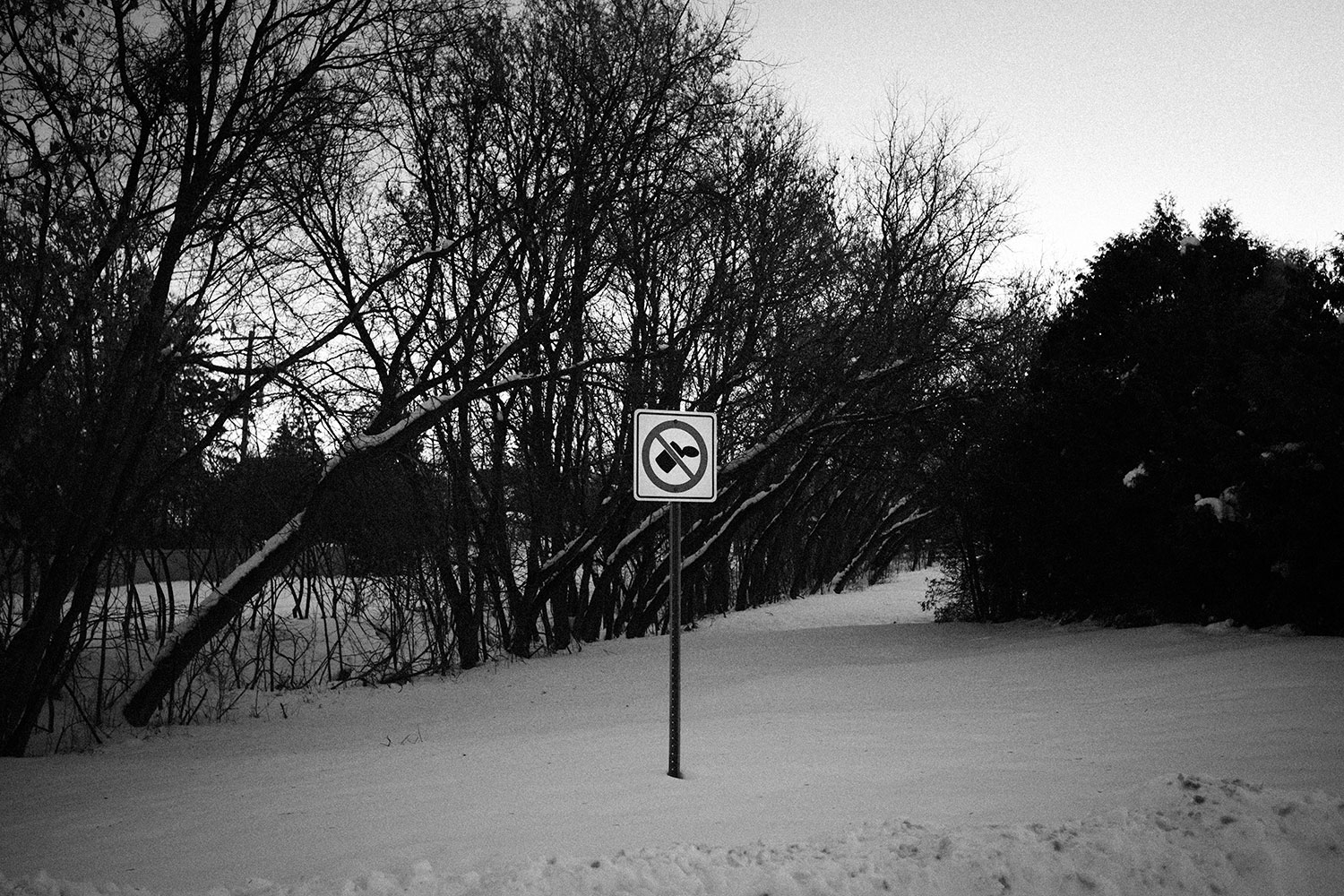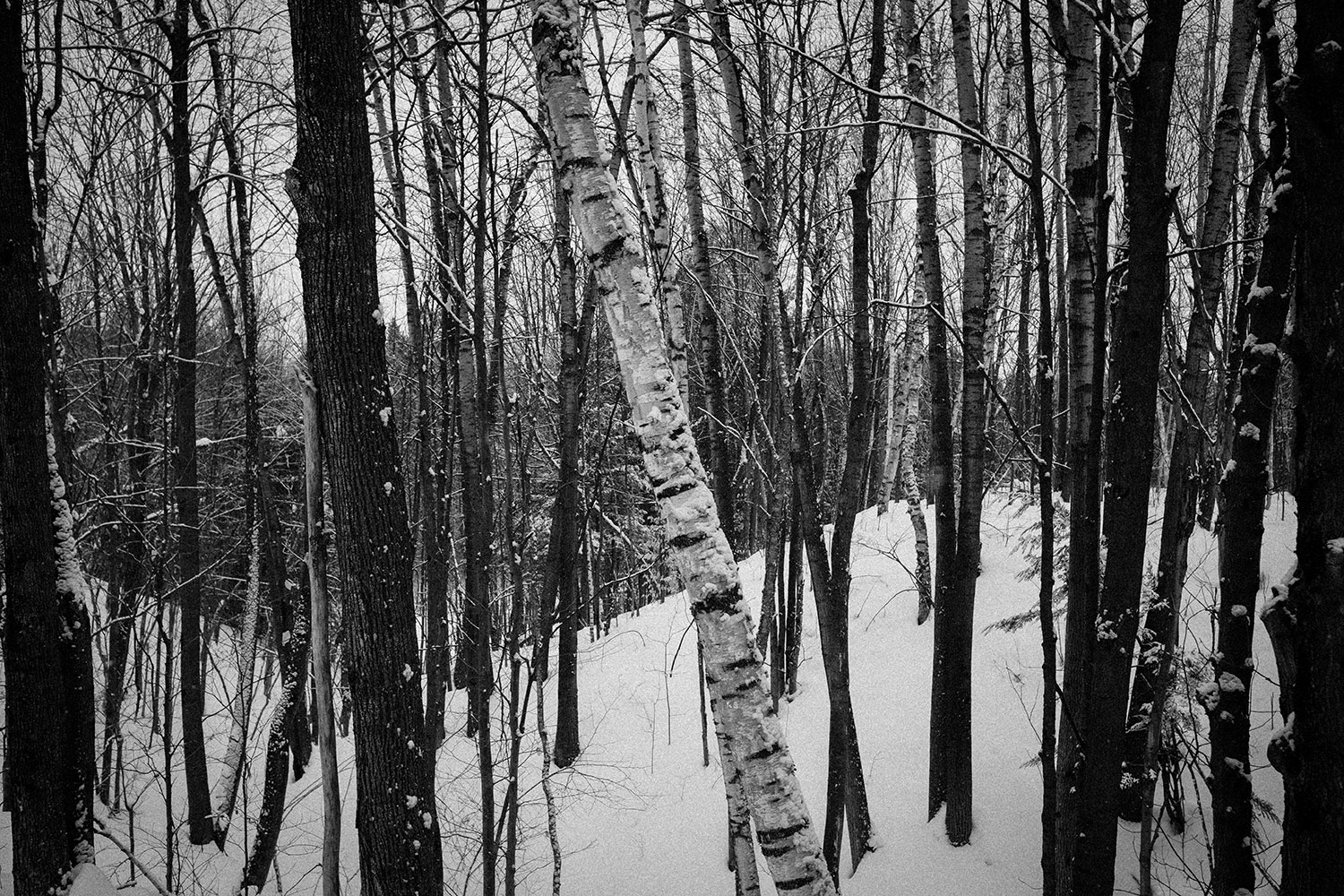The middle of what?
Why do I center any specific item in most of my images? Possibly, it is due to the fact that, as children, our focus is usually drawn to the center of a page first. Perhaps, by placing the subject in front of the viewer, there is an attempt to introduce their story to the world. Maybe, it is to draw more attention to it. Overall, I would say it’s a combination of all that and a lot more. I have made central composition a part of my everyday life when searching for the next capture that suits my goals.
Most importantly, how does someone know what works best for them or what doesn’t? What defines one’s style? I benefit from an exercise on a daily basis that may help you acknowledge what is most advantageous for you. Choose a subject (it could be anything) and capture ten different, unique images, using different composition tools (rule of thirds, golden mean, visual weight, etc.).
After a number of attempts, you’ll gain confidence and momentum for which angles you prefer and which are easiest for you to create. I often end up choosing the image where the subject is in the middle of the frame. That is a risky setting, possibly why I like it best. Some say that central composition is ordinary, creating negative reactions such as boredom. Moreover, there is the belief that it is the simplest technique.
RIGHT: Fuji X-Pro3 . Fuji XF23mmF2 . F/2.0 . 1/1100” . ISO 160
I think of it as a straightforward approach, a position of power, and an honest way to interact with one’s public. Scott Lorenzo explains: ‘The picture that you took with your camera is the imagination you want to create with reality’. My default set of mind is that front angle. It’s my preferred approach when showing places or people as I imagine them, which in my opinion is far from dull.
Honestly, I can confirm that I have overdosed when using the rule of thirds. I became tired of using it and found that my work mirrored the mainstream. I realized the rule of halves is more suited for what I want to share in my everyday photography. Thanks to that screen division and composition, symmetry sometimes creates its own rules.
RIGHT: Fuji X100F . F/2.0 . 1/3000” . ISO 200
Specifically, well balanced items add depth to my photography because I desire order and constancy (as in my everyday life). Furthermore, I stay away from the perfect mirror shot because that potentially leads to mundane images. The eye’s function is to pursue harmony, and an uneven layout offsets one’s senses and keeps them captivated. Interestingly, someone’s face is the perfect example.
There’s symmetry yet both sides are not exactly the same. Also, a tree, with its trunk in the middle, will show differently shaped branches and leaves on each side; those subtle differences will add more personality to the image. Most importantly, the horizon fits in that category of ‘order’ because it represents a reposed state and it adds to the simple essence of all good design.
RIGHT: Fuji X100F . F/2.0 . 1/550” . ISO 200
The headroom is another element that helps balance the frame and I don’t shy away from it. I see it as ‘anticipatory framing’. It encourages space for possibility where something might appear or happen. Having important headroom in a picture will sometimes make one’s audience feel as if they are passive observers which results in the viewer being centered.
Another factor that heightens simplicity and the feeling of regularity is black and white photography. It just makes sense. It took me a while to make the switch to B&W, mainly because I wasn’t satisfied with the end results when using any editing software. I bought a Fujifilm back in 2018 as a test. I wasn’t sold on the idea to go mirrorless but I appreciated the fact that it was smaller and easier to carry everywhere.
RIGHT: Fuji X100F . F/2.8 . 1/4000” . ISO 200
At that point, I was blown away. The black and white profiles on my X100F gave the effects I was looking for, straight out of the camera; there was amazing grain, sharp images, and rich gradation. When the sun is low, showing heavy contrast, that’s when Acros R shines. I love shooting against the sun and getting that crisp silhouette. Plus, with B&W photography, there is no need to worry as much about the colour balance of one’s light sources.
RIGHT: Fuji X-Pro3 . Fuji XF23mmF2 . F/2.0 . 1/60” . ISO 4000
At night, I don’t have to ask myself: Is that street light LED or incandescent? Blue or orange? Green or magenta? It speeds up the process of taking pictures, having one less element to worry about. Once I was convinced, I sold my X100F and purchased an X-Pro3, never looking back.
With the X-Pro3, it’s all about a moment and capturing it. It forces the individual to look at the frame and add or subtract the invisible lines to create an image. The dials are set and one does not have to think about the settings for the rest of the day. Attached to it is the Fujifilm prime 23mm F/2. I’ve always prefered wide lens over telephoto.
RIGHT: Fuji X-Pro3 . Fuji XF23mmF2 . F/2.0 . 1/40” . ISO 3200
With a wide field of view, it shows the environment of the subject. The prime lens forces me to move around, never caught standing still and possibly missing the moment. Robert Capa states: ‘If your pictures aren’t good enough, you’re not close enough. Be more involved and intimate.’ Let us note that he photographed World War II and the Spanish Civil War.
Back in 2003, when I began my adventure in photography, someone shared a tip with me, which I still keep to this day. He said: ‘Anyone can learn the settings on any camera, that’s easy. But not everyone works to improve their eye or their composition.’
RIGHT: Fuji X-Pro3 . Fuji XF23mmF2 . F/2.0 . 1/2400” . ISO 160
That’s the reason I carry my camera as often as I can, taking as many photos as possible. Henri Carter-Bresson said it best: ‘Your first 10 000 photographs are your worst’. For me, there are no boundaries in photography, in what we can learn, and that’s what I love about it.
I chose central composition and straightforward story telling. I am going to stick to that and see what happens next. What’s your thing? Which rules or guides do you follow? I really want to hear your answers.
RIGHT: Fuji X-Pro3 . Fuji XF23mmF2 . F/4.0 . 1/400” . ISO 160
RIGHT: Fuji X-Pro3 . Fuji XF23mmF2 . F/2.2 . 1/60” . ISO 10000

Phillip Grondin was born and raised in St-Jacques New-Brunswick Canada. In 2001, he moved to Ottawa to study broadcasting television. After a 3 years program, he studied photography at the ‘School of the Photographic Arts’ and at the ‘Institute of Photography in New York’. He now lives in Rockland and shares both passions of television and photography on a daily basis.


































arthur
September 20, 2021 @ 9:10 pm
Very nice article with a very beautiful collection of black and white photos that really seem to tell a story when taken as a whole.
You really managed to give elegance to simple subjects with your sense of aesthetics. In my case I love the black and white of the acros simulation but I cannot take the leap of doing only Acros photos and often use a preset based on classic chrome that I convert later to black and white.
Congratulations!!
Gustaf Jansson
September 21, 2021 @ 7:09 am
First of all, I love your collection, the cabin in the beginning is awesome!
I’ve been shooting since 2007-2008 or so. And my thoughts about photography changes all the time. Right now I’m in a grainy BnW 1:1 phase that really open up for master composition! I have a recipe where I shoot ISO 12800 and it really gives some character to the image. That post grain can’t give. I probably take photos in a totally different way in a year or two. But right now I love to experiment in this kind of look, or I’ll land in this style and make it “my own” 🙂